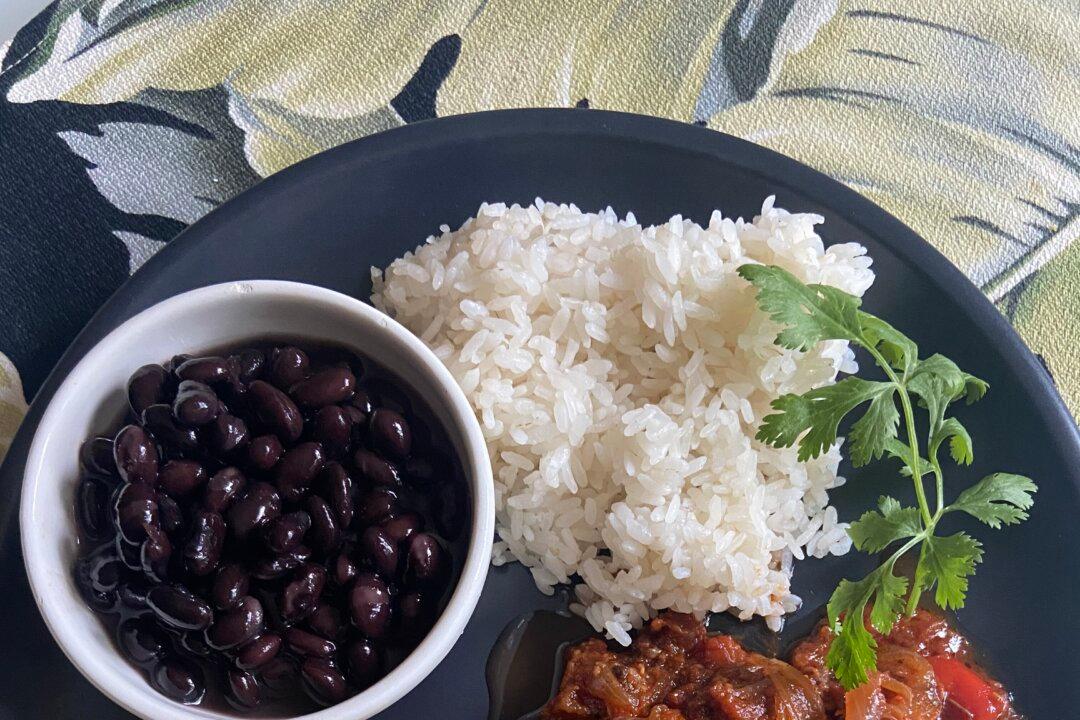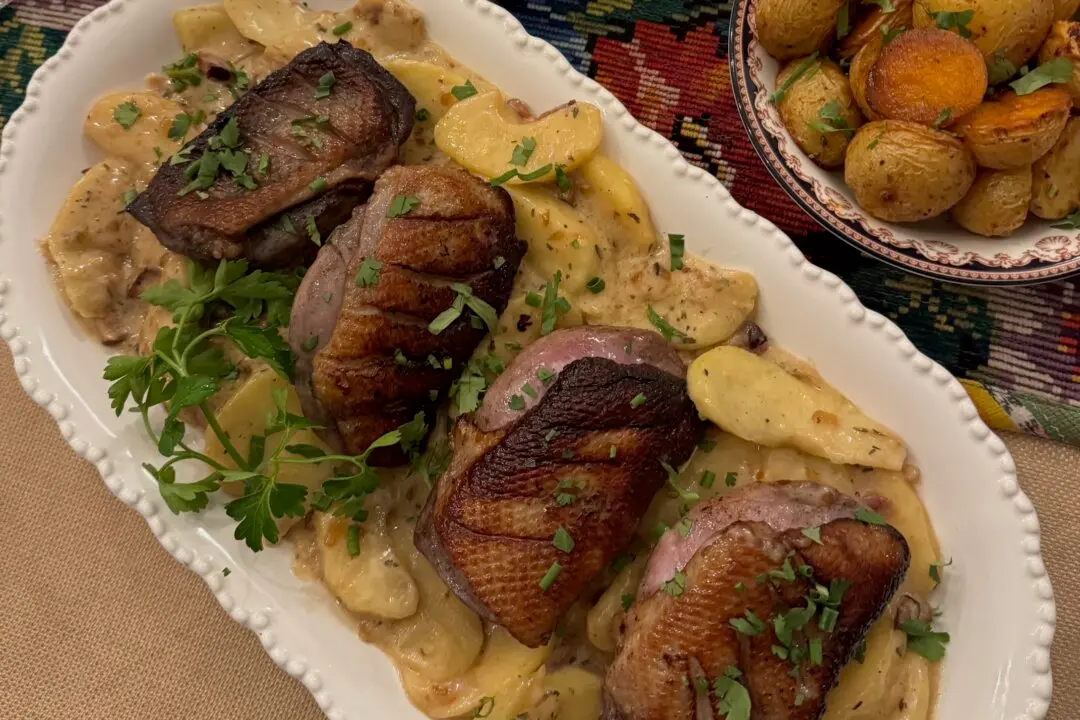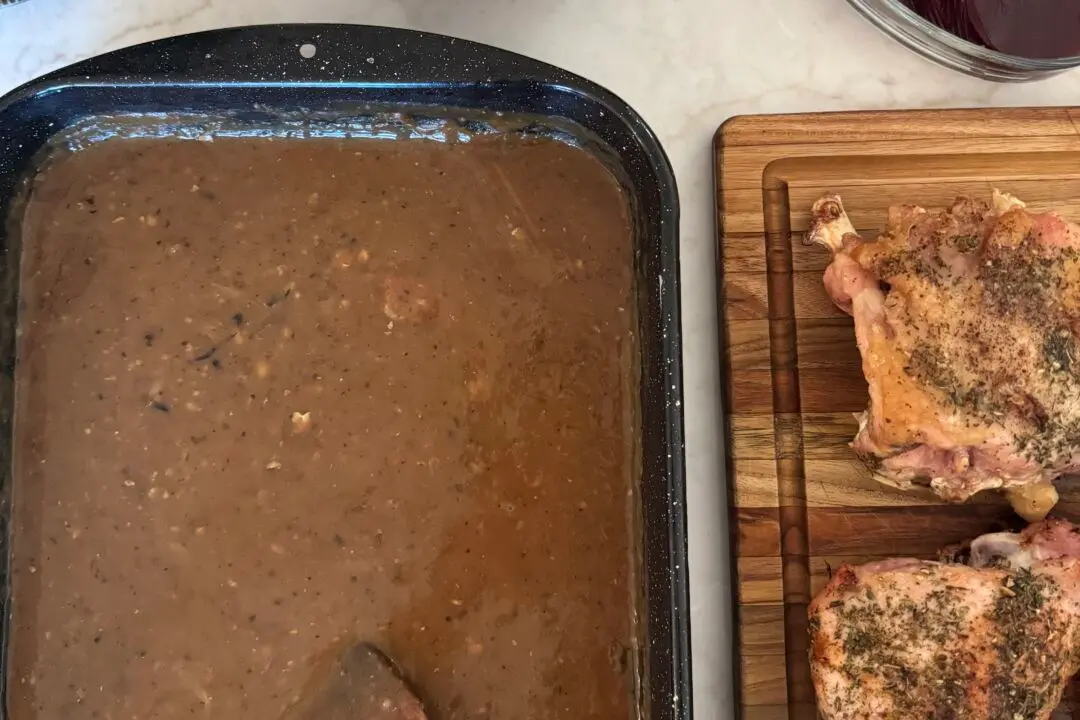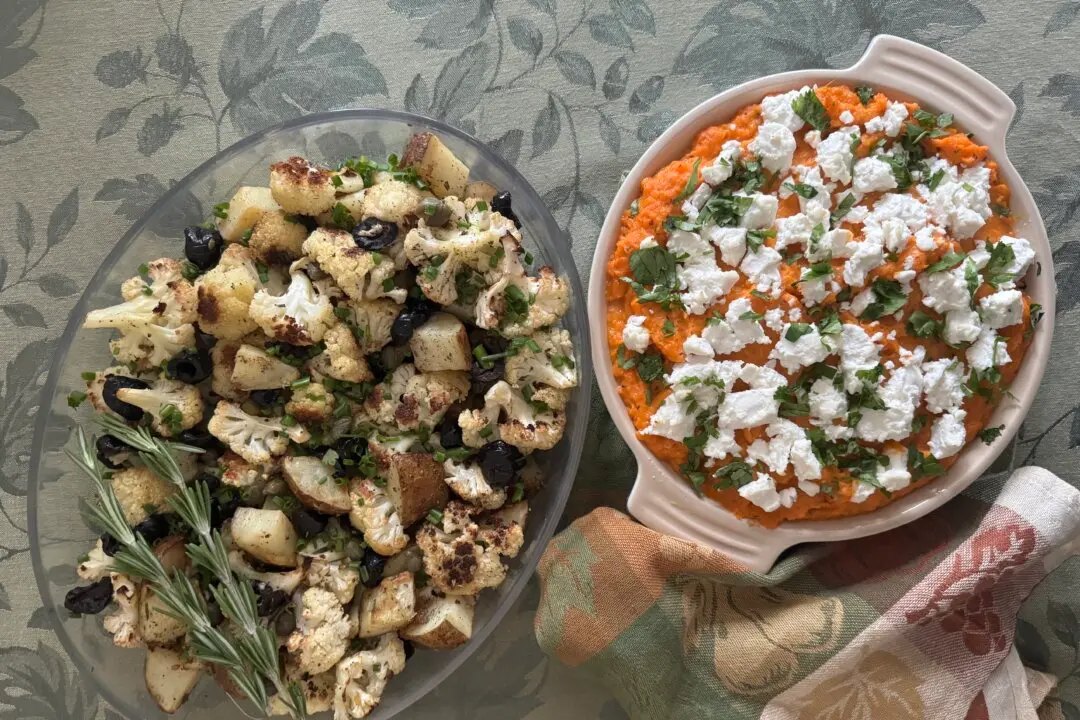Solving the “what’s for dinner” dilemma perplexes even the most accomplished cook. I look for dinner inspiration everywhere. A recent appetizer of shredded beef on crispy plantains at a buoyant pan-Latin restaurant in Chicago jogged my memory of the delicious shredded beef dishes I’ve had in Latin America.
Known by many names, such as carne deshebrada, barbacoa, and picadillo in Mexico and slow-cooked carne mechada in Chile, I seek out these richly flavored, stew-like, homey dishes. I first enjoyed Cuba’s ropa vieja (literally old clothes) in a small Manhattan eatery. Served with white rice and black beans, this dish is cool-weather comfort food at its best.
Award-winning cookbook author Maricel E. Presilla says that typically a flavorful but tough cut of beef, such as flank steak, is first simmered in water to make a broth for soup. Then, the softened meat that remains gets pulled into shreds, like an old garment, to braise in a savory sauce. She tells us in her classic volume, “Gran Cocina Latina” (W.W. Norton 2012), that in Cuba, ropa vieja is an everyday dish.
We agree. In the recipe that follows, loosely adapted from Presilla’s cookbook, I employ inexpensive beef chuck roast rather than pricey, super-lean flank steak. Simmering the meat in the braising sauce, rather than boiling it for broth, infuses the sauce with a deeper beef flavor. So does browning the meat first and scraping up all the goodness from the bottom of the pan into the sauce.
Caramelizing onions does wonders for any stewed dish. Here, sweet onion browns in the beef pan juices. Those onions get flavored with plenty of fresh garlic, cumin, oregano, and sweet paprika. I love to add just a touch of smoked paprika, too, untraditional, but the smoked paprika adds a complexity to the finished dish reminiscent of the hardwood fires under a kettle of stew in Latin America.
After the beef is fall-apart soft, use two forks to pull it into large shreds. You have serving options: Piled alongside traditional white rice, black beans, and golden fried plantains. The mixture tastes great tucked into warm tortillas. Top crispy fried plantains or corn tostadas with a spoonful of the meat mixture and sprinkle with crumbled fresh cheese for an inspired hand-held appetizer.
I also like to stir black beans into the meat mixture and serve it over cooked grains topped with a fried egg for a “bowl” dinner. Don’t hesitate to pile a few tablespoons of the meat mixture over a baked sweet potato for a heartwarming fall meal.
The beef mixture freezes well. With a quick thaw and reheat, dinner every day is solved.
Ropa Vieja With Caramelized Onions and Sweet Peppers
Makes 8 servings





